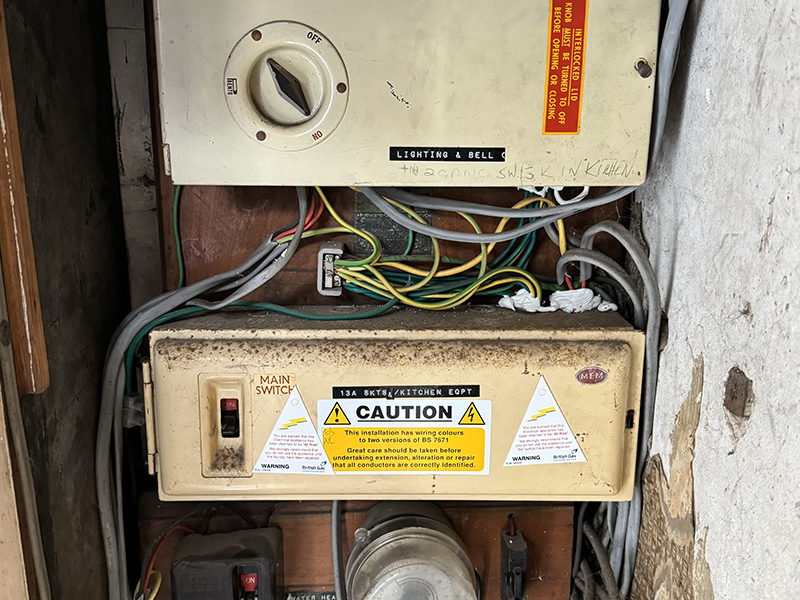Electricity is something most of us take for granted but we rarely consider how this is made possible throughout our homes. Behind most walls and under flooring, electrical cables carry power to every room in your property. While we all know how dangerous electricity can be, rewiring a house is not something many of us think about.
It’s recommended that a house be rewired every 25-30 years to bring it up to date with current standards. In the meantime, it’s recommended you have an Electrical Installation Condition Report (EICR) every 10 years.
Old and faulty wiring can be a major risk in a property, so if you have any wiring issues in your home you’ll need to organise rewiring. Typical signs to look out for that indicate when to rewire such as:
- The consumer unit trips out regularly, and fuses or bulbs blow
- There’s a crackling or buzzing noise from electrical sockets
- The electrical wiring is covered in black rubber, fabric or lead
- There are signs of burning, such as discolouration around plugs and sockets or a burning smell
- Lights are constantly flickering, and bulbs need to be changed often
- There are switches made of cast iron
- The consumer unit has a wooden back
- Sockets have rounded plug entries instead of 3-pin entries
- There are less than two plug sockets in each room
- Plugs get very hot
- Electric shocks from sockets, switches or lights

